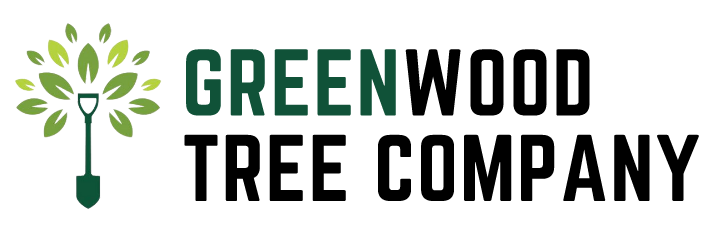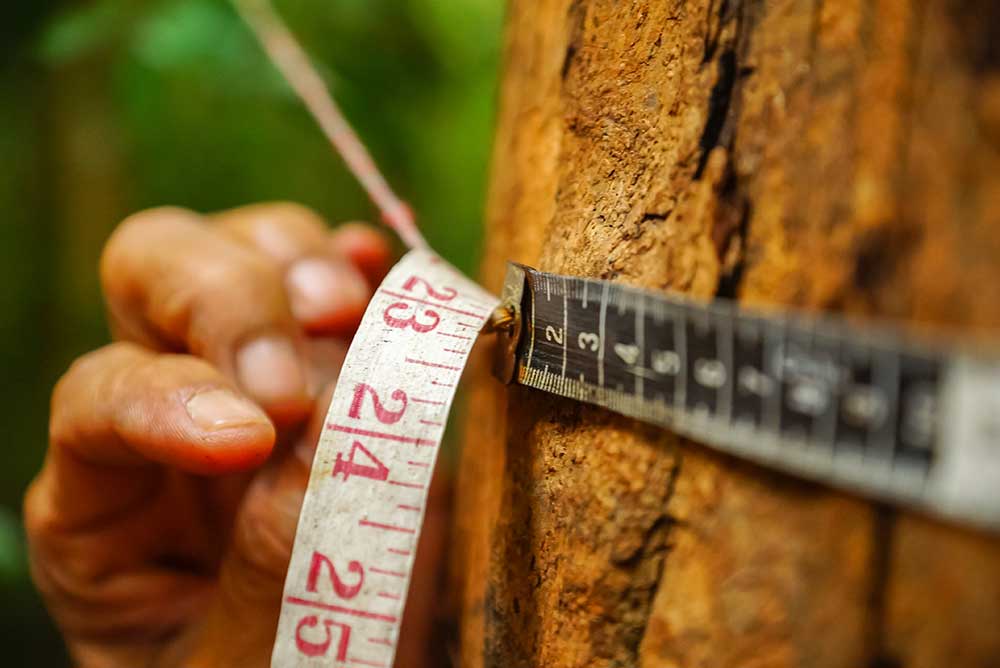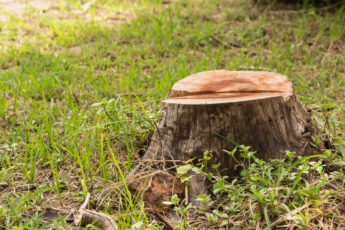Choosing to remove a tree is now more complicated than simply getting an estimate from tree-removing professionals and scheduling a date for tree removal. Homeowners are responsible for implementing and enforcing the Private Tree Ordinance in their city or regional municipality.
An arborist’s report detailing the size, species, location, condition and reason for tree removal is not always required for non-construction applications, but may increase the possibility of a permit being granted. Construction related applications always require an arborist report. In addition, you must provide a replanting plan that specifies the type, size, and location of the tree or trees to be replaced.
The City of Toronto will only grant exception permits in cases where the tree or trees are determined to be 100% dead, terminally ill or extremely dangerous. Requests for permit exceptions from the City of Toronto are free of charge, and although replacement plantings are suggested, they are not required. By preventing the unnecessary removal of good native trees, our team of arborists can improve the overall health of the urban forest.
Know Your Rights Before Removing a Tree in Your Yard
You want to get rid of a tree in your yard. Perhaps it is getting too big, or you are concerned about the risk it poses to your safety. Before you do this, consider whether you have the right to remove the tree from your yard. Is it technically illegal in Toronto to just cut down a tree for personal use, even if it’s your property? Generally speaking, you must ask your local council for permission; details will vary depending on where you live. Keep reading to learn when to get a permit before cutting down a tree and how to do it.
In these cases, permission will not be required.
Under these conditions, you will not have any difficulty getting rid of the tree. However, you should always check your local tree protection laws for clarification.
Small Trees
What trees can be cut down without a permit unless they are large, wide or have many branches? Local laws determine the exact height and diameter you are allowed to cut.
Dead Trees
The tree should be easy to remove once it dies. Dead trees should be removed immediately because they become difficult to remove over time and can endanger people’s safety if left outside for an extended period. Dead trees often topple over because their roots are the only thing keeping them firmly in the ground. For your safety, remove dead trees as quickly as possible.
Trees That Pose Danger
If the tree is still alive and poses a danger to you, your property, or nearby wildlife, you may have the right to remove it without permission. Here are a few situations when a tree can be dangerous:
- The roots are heaving
- Horizontal or vertical cracks
- The critical root zone has been excavated
- The tree is terminally diseased
Understand Your Area’s Specific Laws
As we’ve already discussed, laws regarding whether citizens can remove a tree from their land vary by region. These rules are often regulated by law. For example, Toronto has by-laws determining when it is acceptable to cut down trees and whether prior written consent is required. This information is usually contained in the by-laws of cities like Toronto and others comparable to them.
It’s a good idea to consult a qualified arborist or tree service if you are still trying to figure out what to do after learning about the rules in your area. They can provide you with comprehensive information about the legality of your specific issue, as well as your future alternatives.
Private Tree Removal
Most trees in backyards and near homes are considered private trees by the City of Toronto. Call us to help determine if your tree belongs to the city or is privately owned. Once application packages are submitted to the town, there is often a waiting period of one to two months. Greenwood Tree Company will apply on your behalf and provide any clarification or additional information the city may need.
Private tree removal permits in Toronto require a 1:1 replacement ratio. Replacement trees should be native shade trees such as oaks and maples and be 50mm thick or approximately 15 ft tall. If your property is too small for a tree, you can plant the tree elsewhere in the city by paying the City a Tree replacement fee.
City Tree Permit Process
A permit is also required to remove or work on a “city tree” of any size. Because many of the trees in the yard are located near utilities and roadways, they are considered urban trees as they are located in the “right of way”. The city usually maintains these trees exclusively, but if you have a good reason, you can request permission to remove or trim them.
Calling 311 for Information
You can ask 311 to check a city tree you think is a problem on your property. You can also call 311 to find out who owns the tree in your yard and whether you need a permit to remove it.
How much does it cost to get a tree permit in Toronto?
The City charges different fees depending on the circumstances and type of application. In Toronto, removing a tree that requires a permit requires paying a registration fee and signing a commitment to replace the tree with at least one new tree—in some cases, up to five replacement trees may be required. The city charges a $585 fee to replace a tree in cases where there is not enough space for new plantings.
This fee helps the city replace trees cut down on your property by planting new ones elsewhere, which comes at a cost. Individual trees help the community and are a shared and individual resource as they are a component of the urban forest and canopy. To help preserve our municipal trees, replanting or paying instead of replanting is needed.
Benefits of Using a Professional Tree Removal Service
A reputable tree removal service provider can help you if you need a tree removed or need professional help. When assisting you with any tree-related problem, a certified arborist has the necessary training and experience. They can remove your tree safely and effectively because they have top-notch tools.
Ultimately, you must care extra before removing a tree from your yard. Ensure you know the tree laws in your area and apply for a permit if necessary. Once you receive permission, you can remove the tree yourself. However, to ensure the tree is removed safely and quickly, you can hire a professional arborist or contact us to learn more about removal permits in Toronto.






